The 10 spiders you'll find in the houses and gardens of Britain this Autumn
It's the time of year that you'll find spiders inviting themselves into your home — but what are they? Ian Morton runs down 10 spiders you'll spot in Britain.
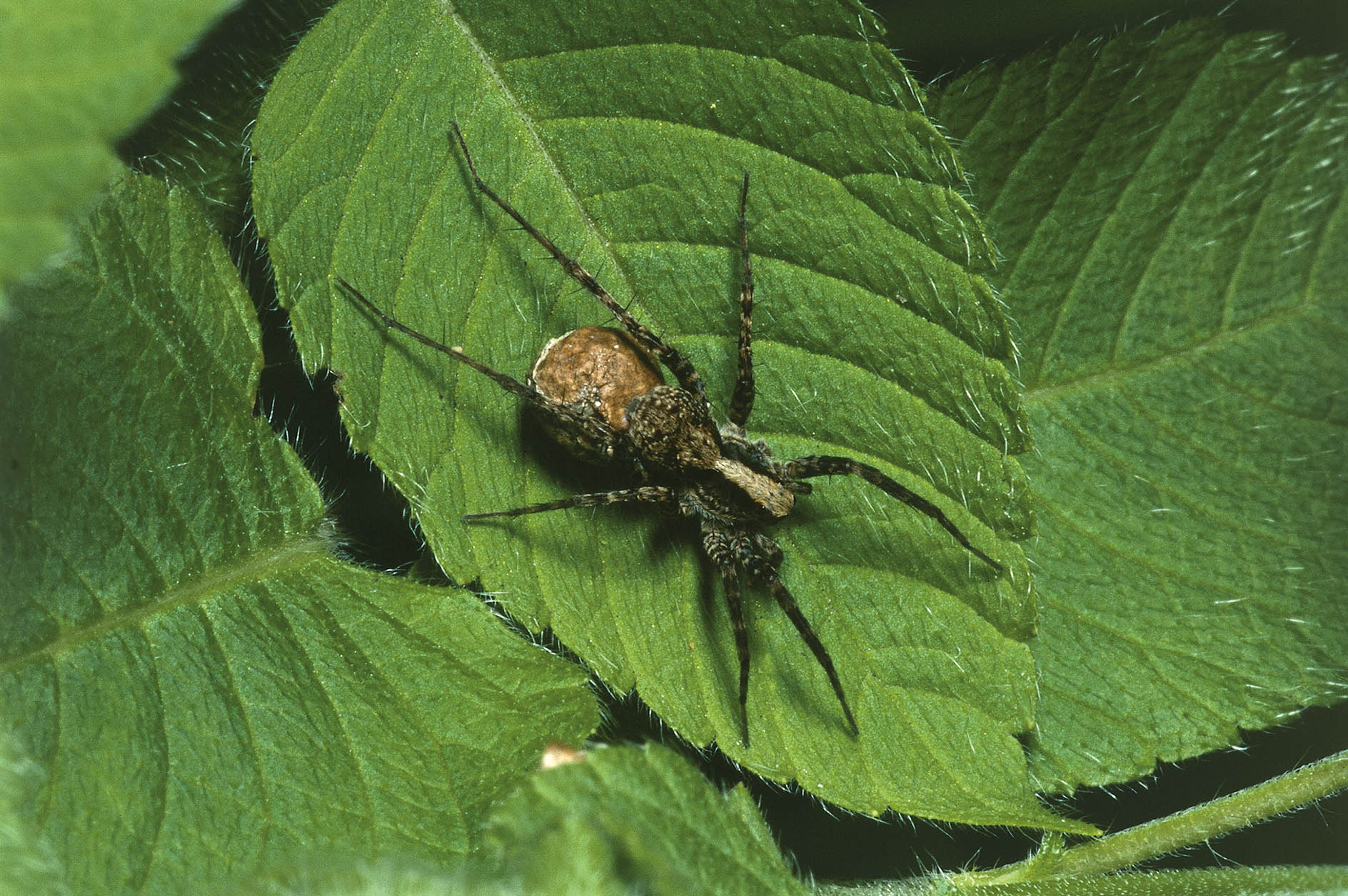

Spiders are everywhere. There are some 640 indigenous species in England and Wales, and in great numbers: a study of grassland in Sussex found 2.2 million individual spiders per acre, according to Ian Morton's recent article for Country Life.
40 of those species are jumping spiders, which don't weave webs but instead spring to catch their prey; no fewer than half a dozen are types of false widow spider, which share the fearsome markings but not the bite; and one, the cardinal spider, can grow 7 inches across (it reputedly got its name after terrifying Cardinal Wolsey in the 16th century).
But don't worry too much. Only 14 of Britain's species bite strongly enough to puncture human skin (we hear some of you crying 'ONLY 14?' in horror). And the news gets better: None is either aggressive or dangerous, let alone fatal,' Ian writes.
Well done for making it this far. Now enjoy Ian's pick of 10 rather incredible British spiders which you might come across in your house or garden.
Common fox spider
(Alopecosa pulverulenta)
Member of the Lycosidae or wolf family, this fast mover chases its prey.
Green orb-weaver spider
(Araniella cucurbitina)
Exquisite houses, the beauty of Nature, and how to get the most from your life, straight to your inbox.
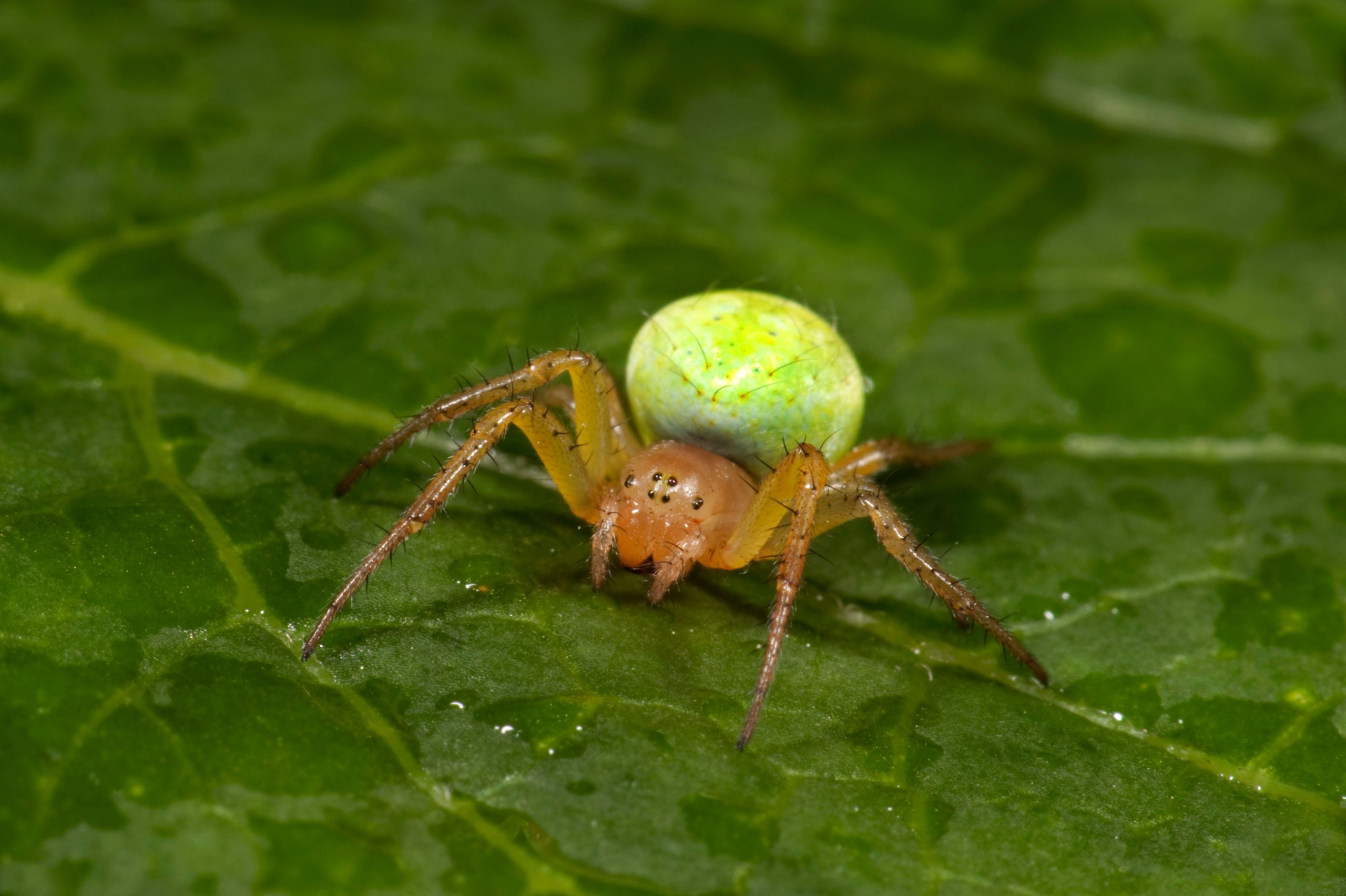
Small with a bright-green abdomen, it is also called the cucumber spider.
Diving bell spider
(Argyroneta aquatica)
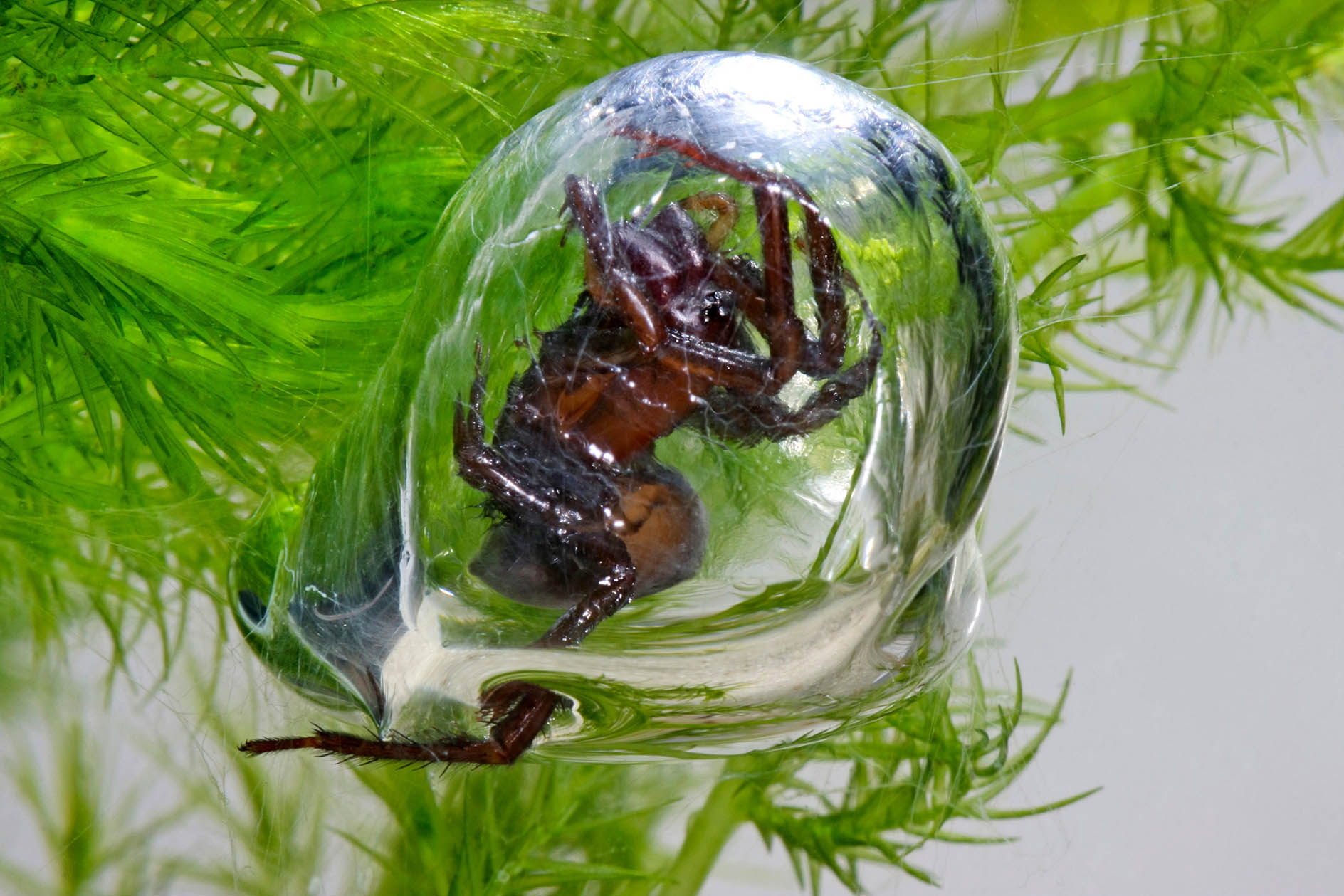
Able to live under water, this one spins a web capsule in which it traps an air bubble to breathe and lay eggs.
Giant house spider
(Eratigena atrica)
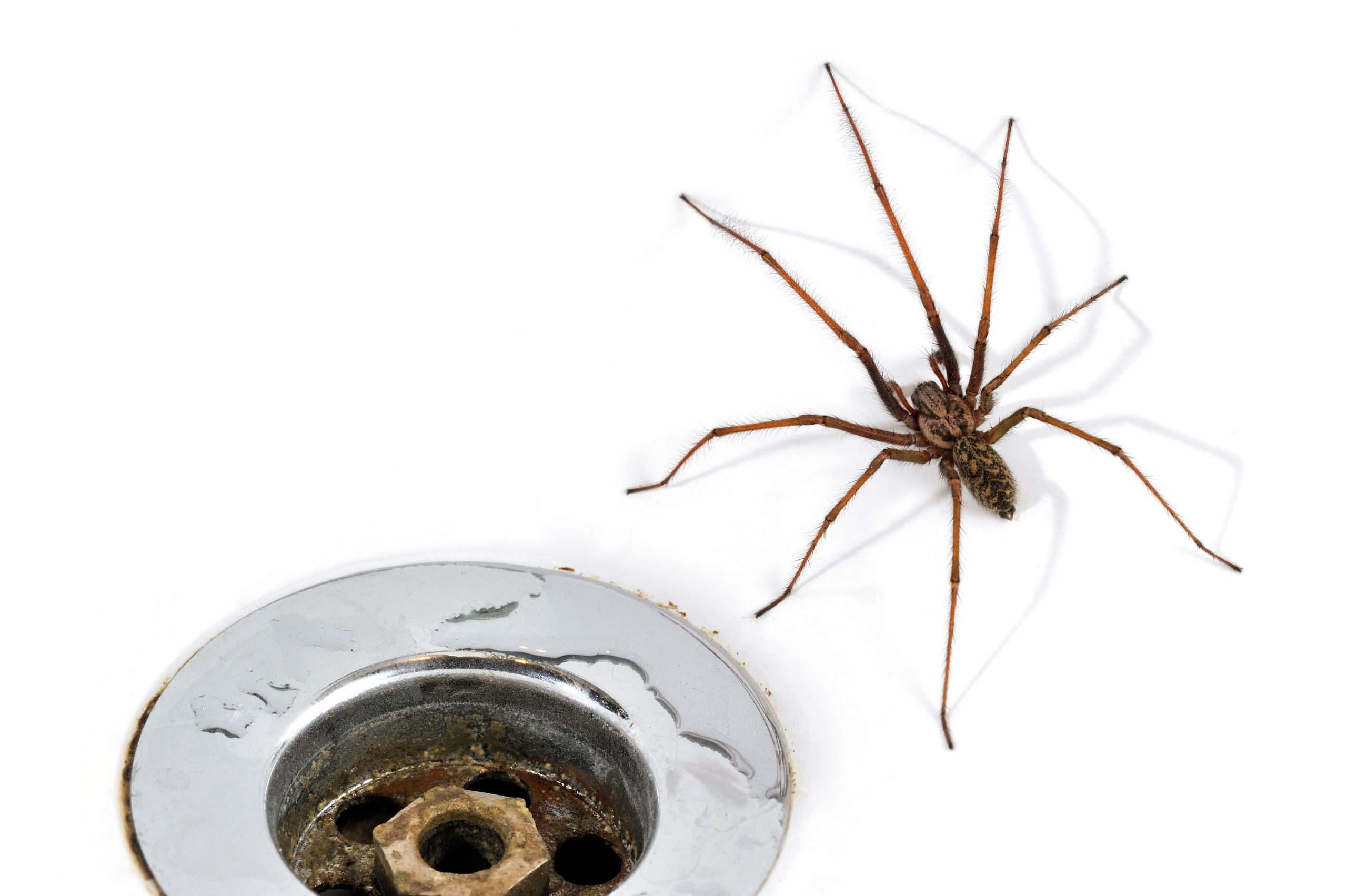
Our second largest spider, it spins sheet-like webs and sprints across the floor at 20in per second.
Harvestman spider
(Leiobunum rotundum)
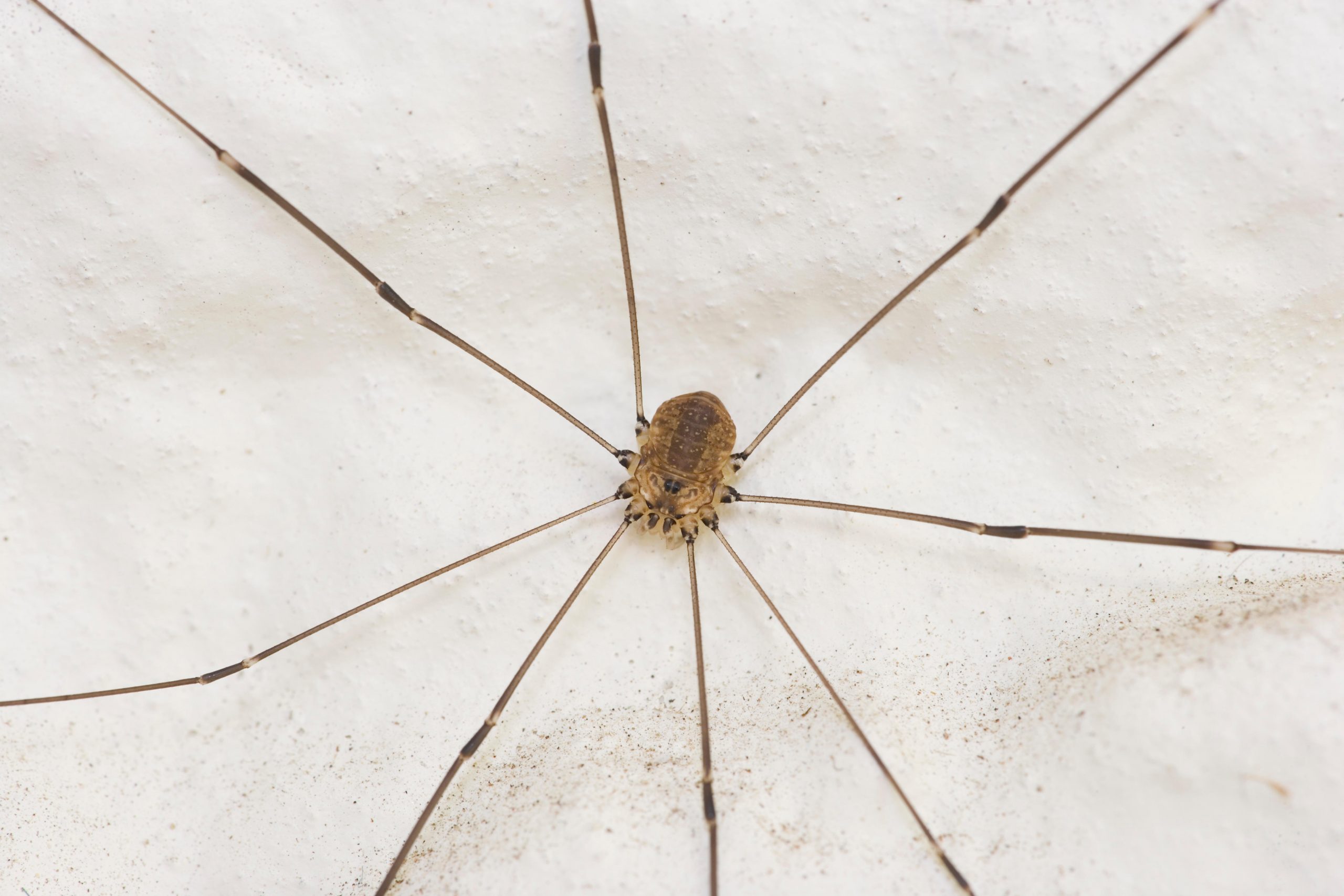
A tiny body with fused head and abdomen, it has long thin legs that it may shed if attacked.
Zebra jumping spider
(Salticus scenicus)
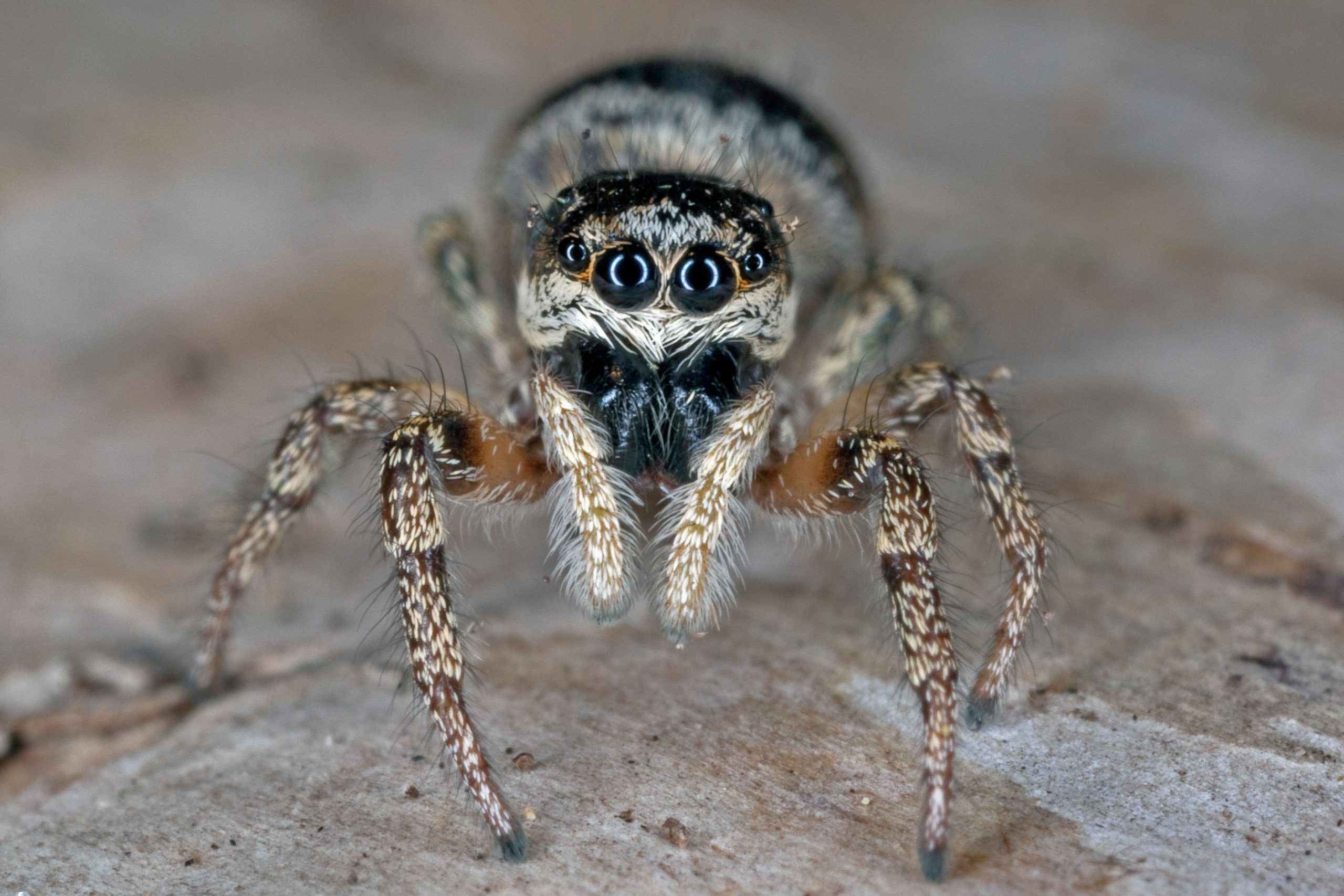
Menacing in black-and-white stripes, it stalks and pounces on its prey.
Money spider
(Lepthyphantes tenuis)
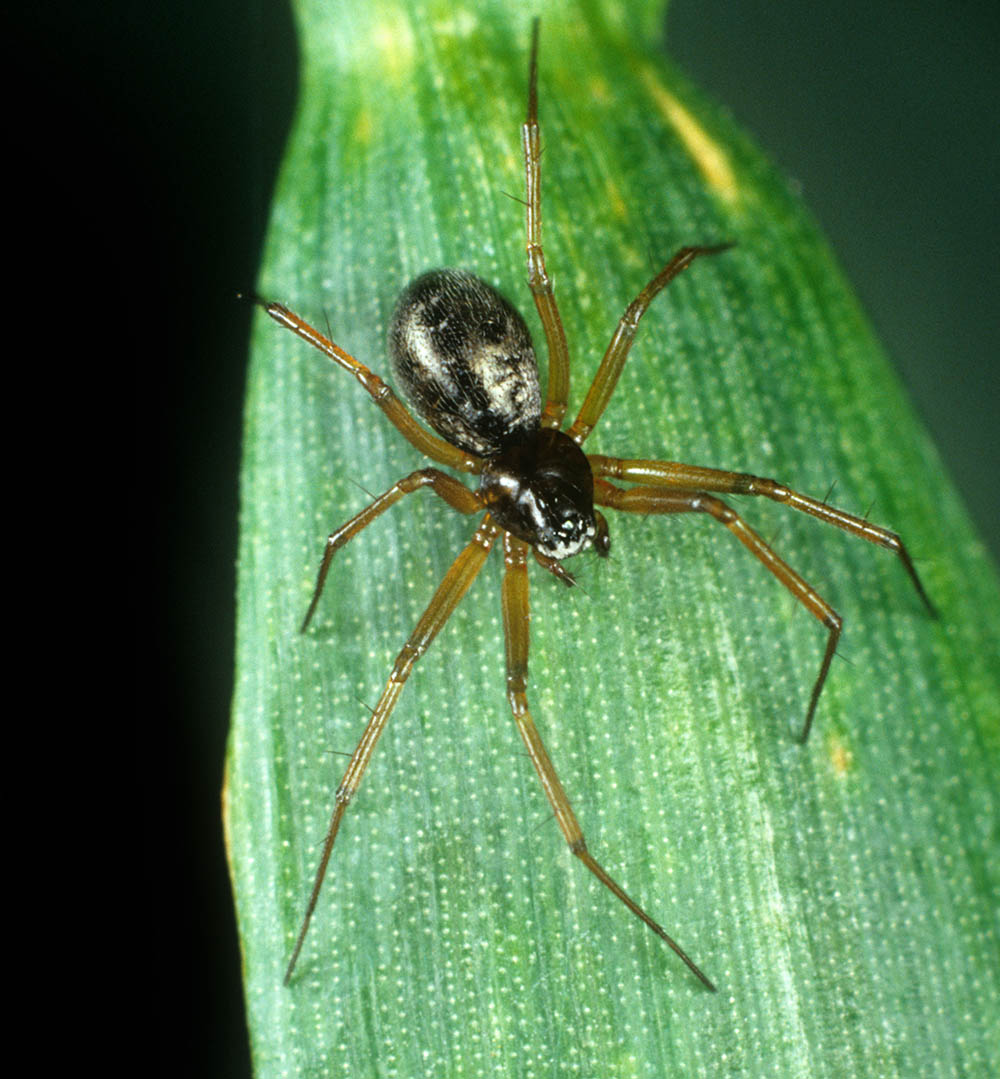
Most common, with 270 UK species, this spider is welcomed by the superstitious.
Tube web spider
(Segestria florentina)
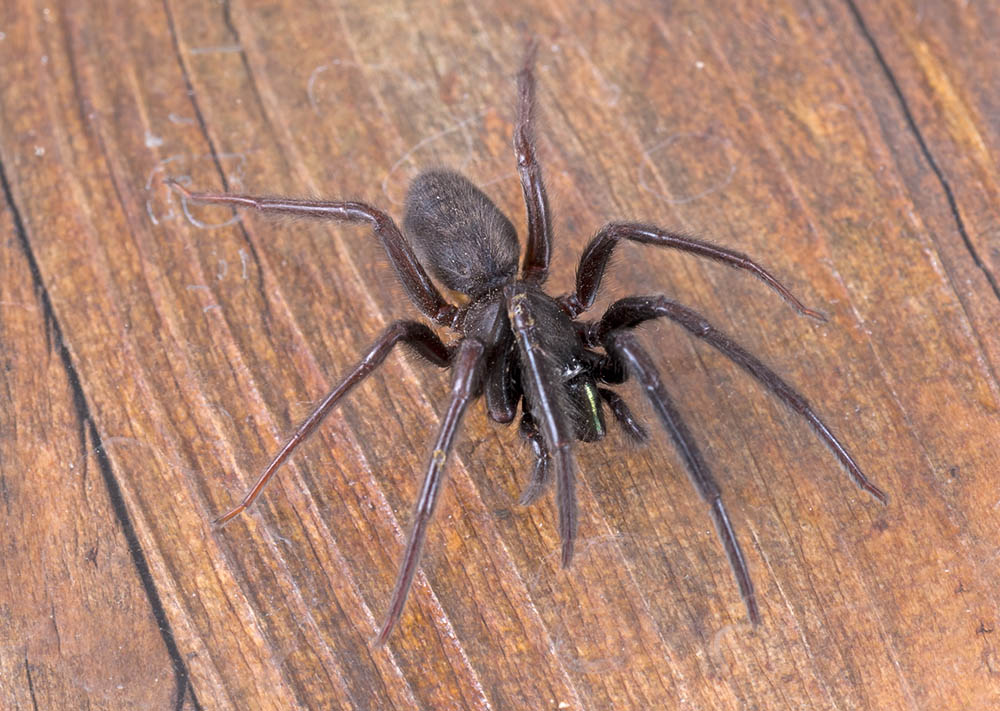
With three groups of two eyes and iridescent green jaws, it spins its funnel-weave web in building cracks, with silken lines radiating from it.
Noble false widow spider
(Steatoda nobilis)
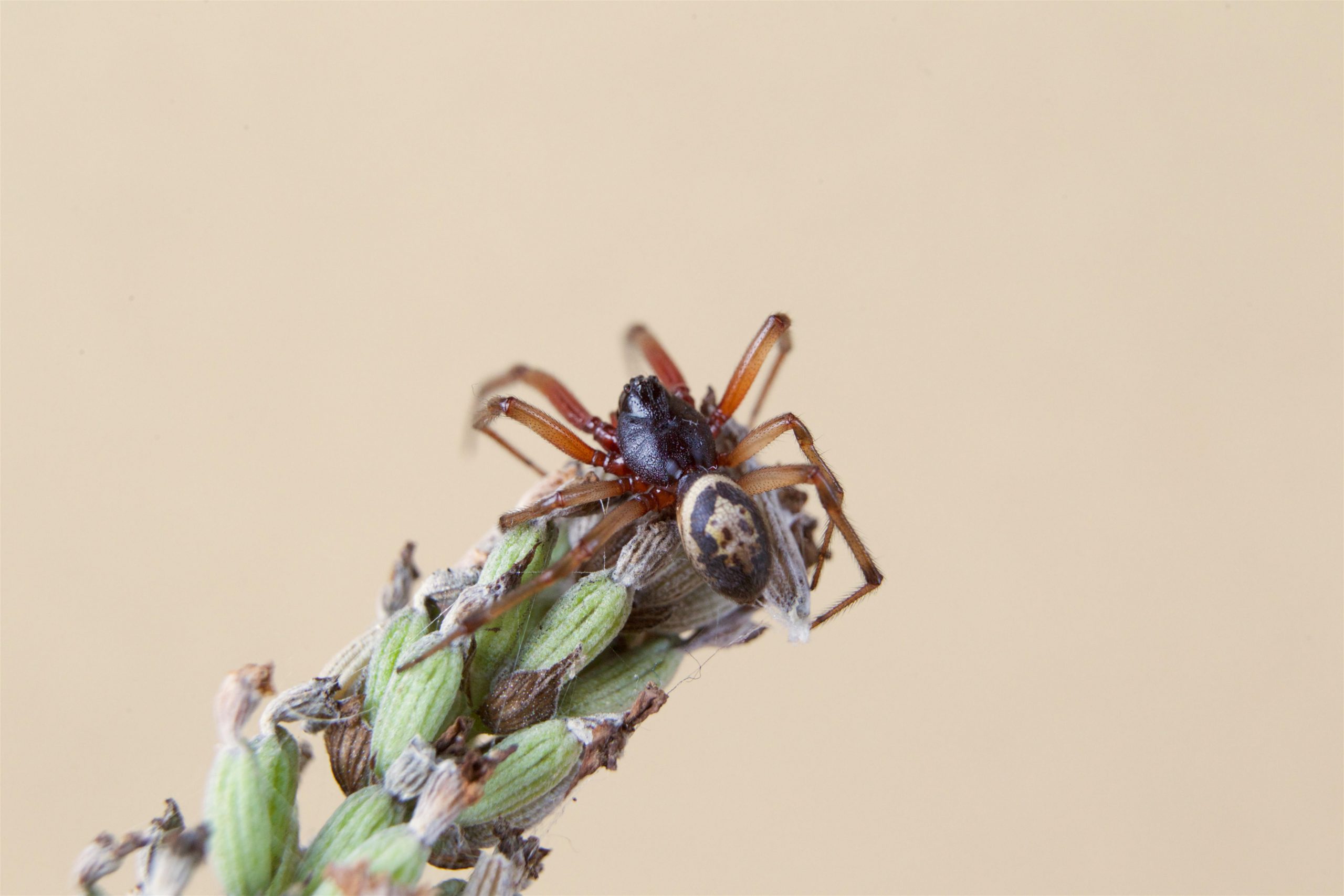
Due to its skull-shaped abdomen marking, it is often mistaken for the black widow, but is not dangerous.
Lace-weaver spider
(Amaurobius fenestralis)
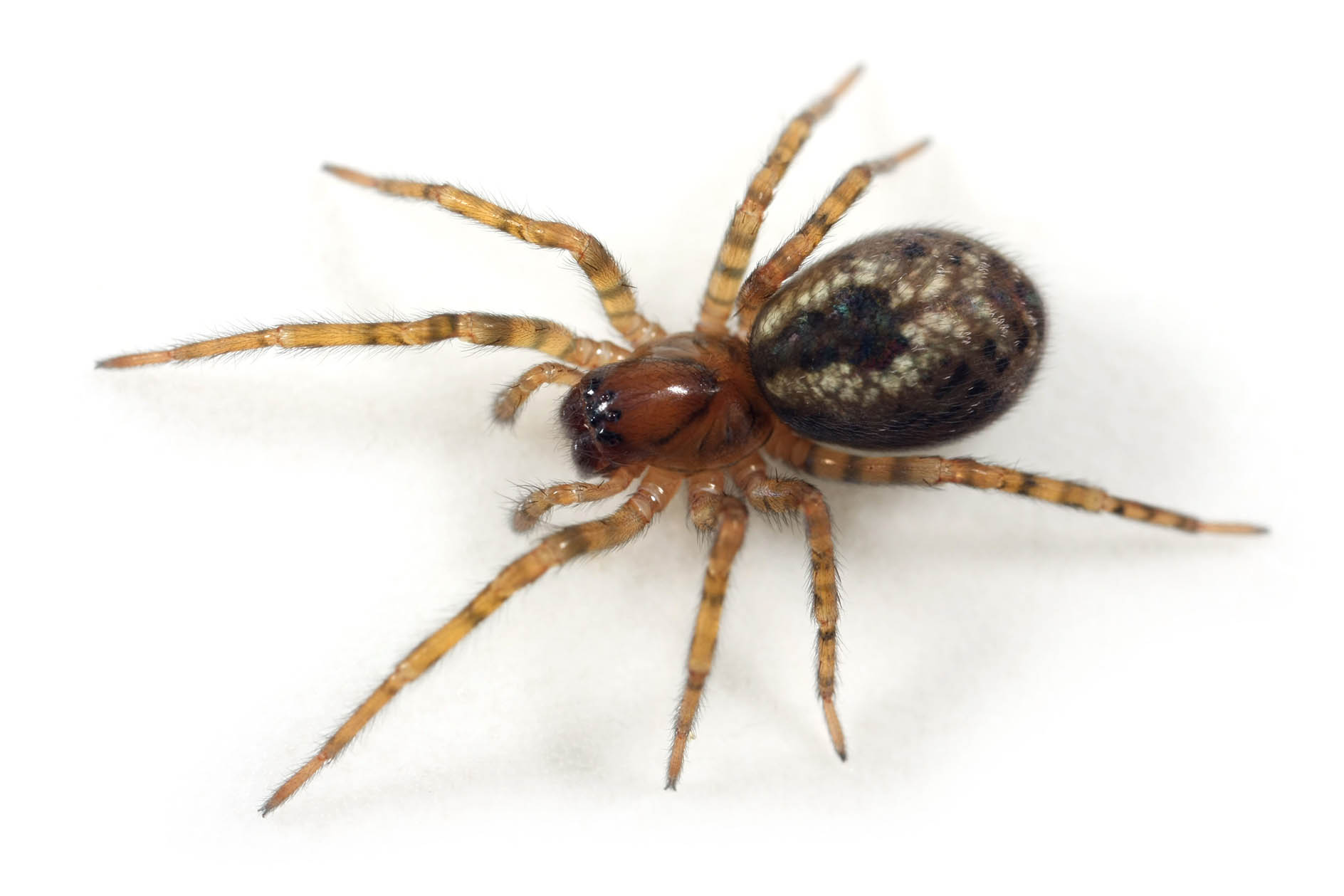
Its flat web over a wall crevice leads to a silken tunnel, where it grabs a victim.
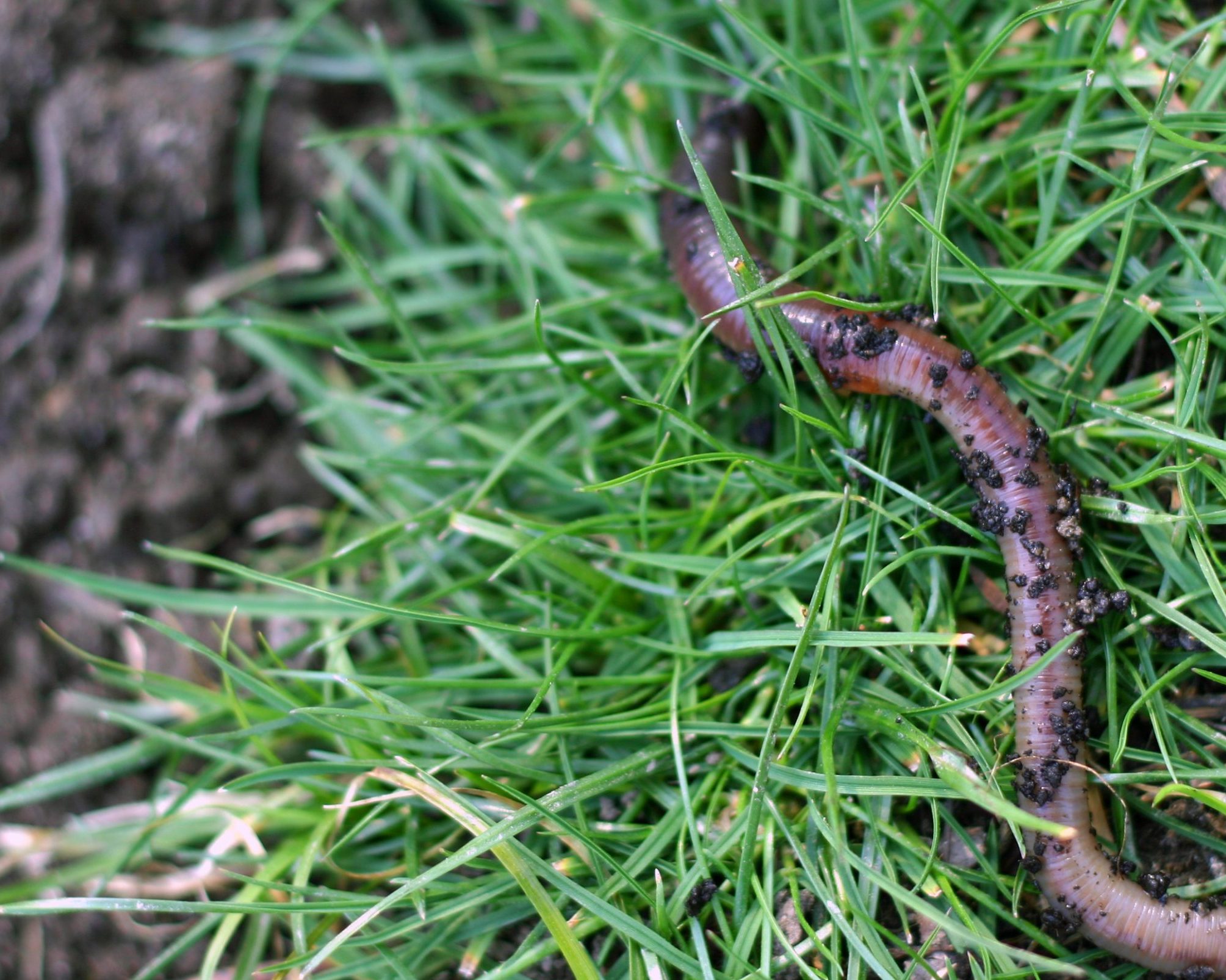
Credit: Getty Images/iStockphoto
An ode to the worm: ‘The intestines of the earth‘, 6,000 species, 600 million years old and undeniably valuable
Lauded by Aristotle as the ‘intestines of the earth’, the 1.75 million worms found in each acre of fertile arable
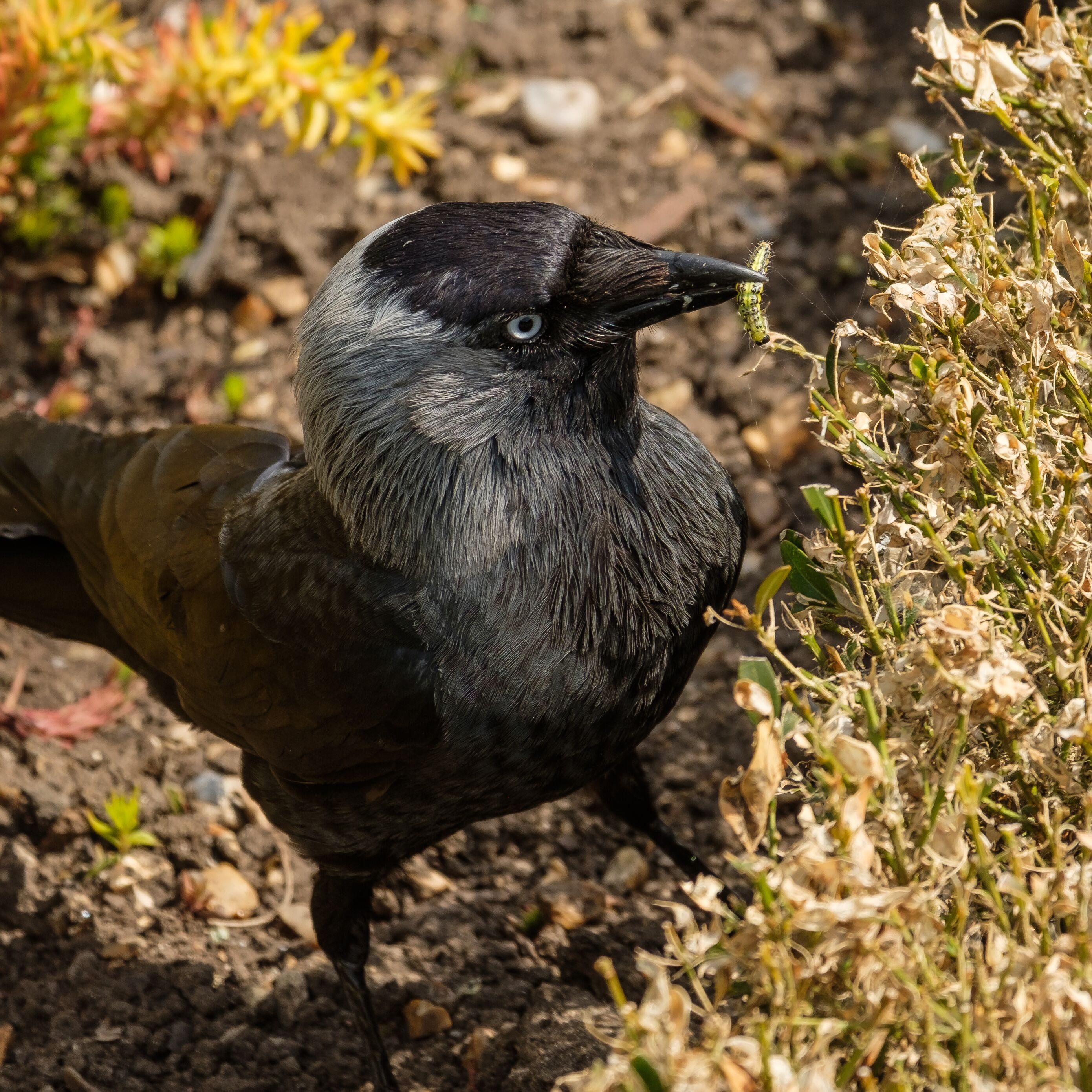
The gardeners' salvation? Jackdaw develops taste for the vicious Box Moth caterpillar
The small crows have been seen feasting on box moth caterpillars, who have wreaked havoc in domestic, commercial and historical
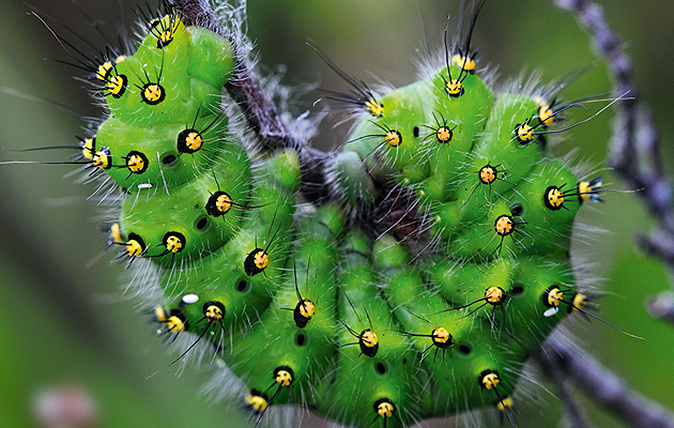
Common caterpillars: A simple guide
Are you able to tell your woolly bears from your elephant trunks?
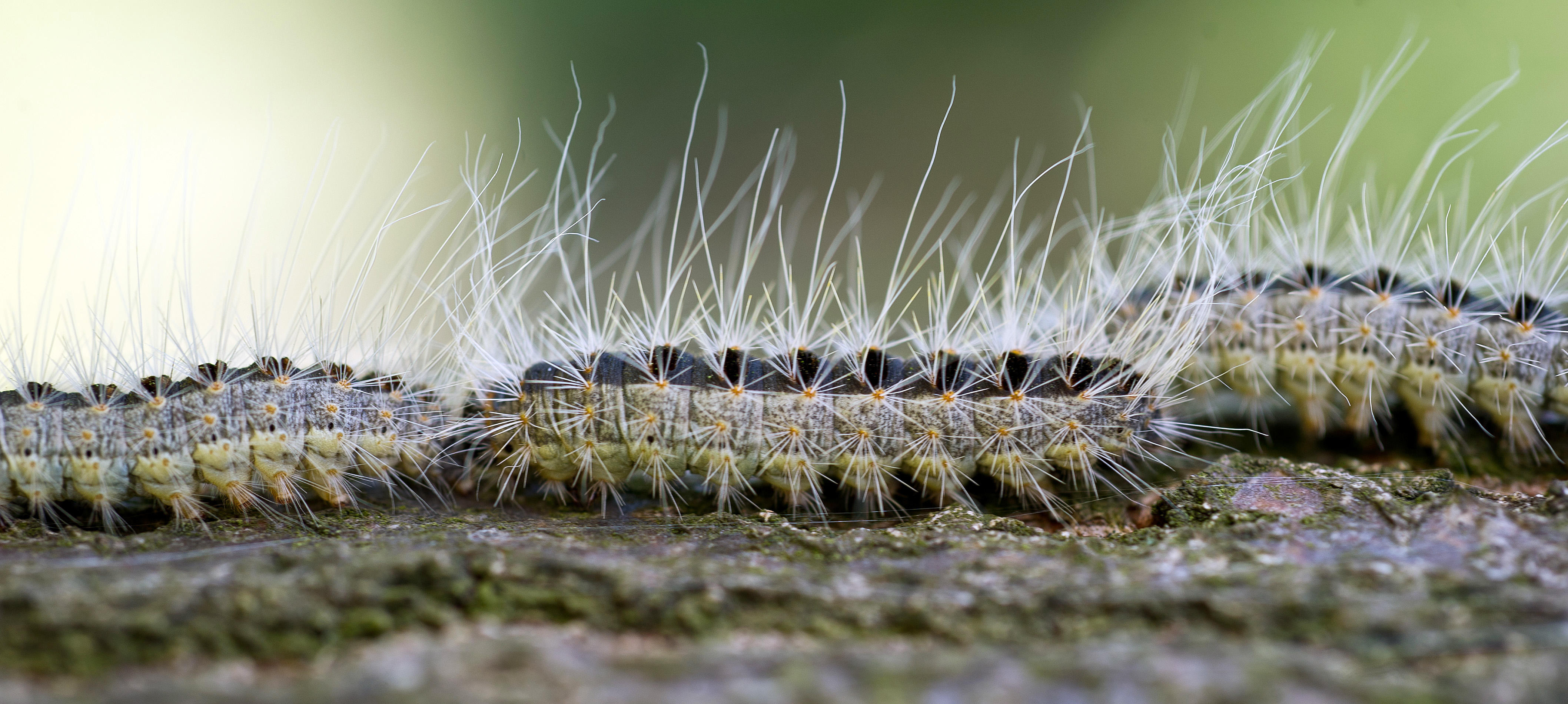
Brace yourself for the new invasive pests, from to oak-munching caterpillars to Asiatic hornets
Charles Quest-Ritson takes aim at the foreign invaders who seem set to ravage our gardens.
After some decades in hard news and motoring from a Wensleydale weekly to Fleet Street and sundry magazines and a bit of BBC, Ian Morton directed his full attention to the countryside where his origin and main interests always lay, including a Suffolk hobby farm. A lifelong game shot, wildfowler and stalker, he has contributed to Shooting Times, The Field and especially to Country Life, writing about a range of subjects.
